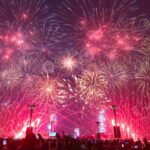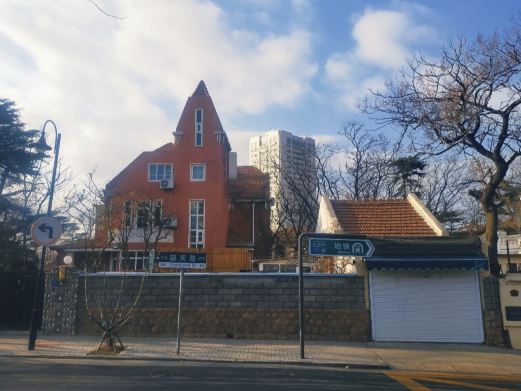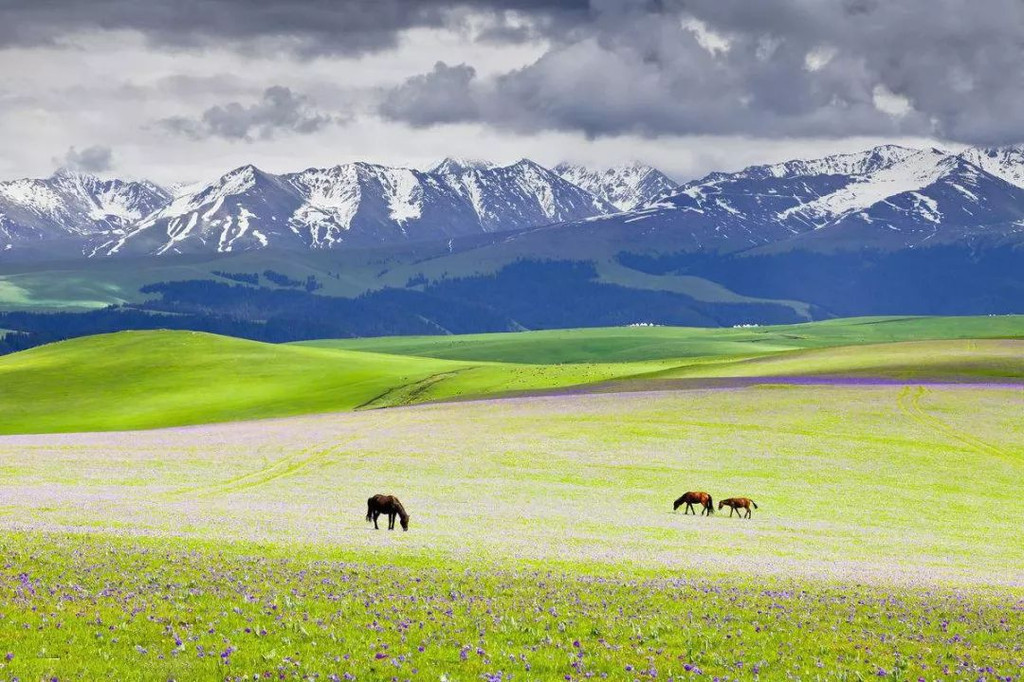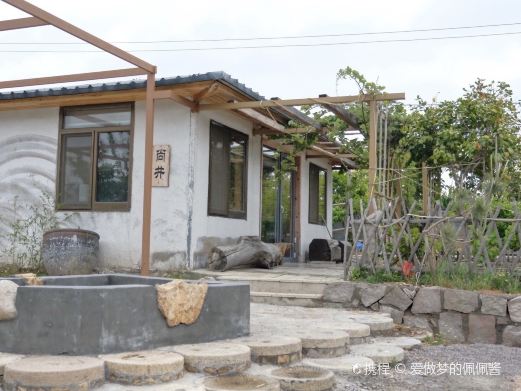Langya Terrace Scenic Area is located on the eastern coast of Langya Town in Huangdao District, famous for the Langya Terrace where Emperor Qin Shi Huang visited three times. Xu Fu also embarked from here to sail to Japan. Here, you can walk along the ‘Imperial Path’ that Emperor Qin Shi Huang once treaded, climb Langya Terrace to gaze at the sea, and feel the emperor’s longing for the mythical islands in the sea.
The scenic area mainly includes Langya Terrace, Longwan, and the coastal scenery belt around the terrace, with Langya Terrace being the core tourist area. It features the Langya Cultural Exhibition Hall, Xu Fu Hall, Cloud Ladder, Langya Inscriptions, Wangyue Tower, and other attractions. The area is not large, and Langya Terrace is not tall, with an elevation of only 183.4 meters. Most of the mountain paths are easy to walk, except for the Cloud Ladder and the Qin Imperial Road.
Entering the scenic area from the West Gate (main entrance), you can first visit the Langya Cultural Exhibition Hall and Xu Fu Hall. In the exhibition hall, you can learn about the historical changes of the ancient Langya region and the historical figures who once toured Langya. You can also see cultural relics unearthed from Langya Terrace and ancient inscriptions. Xu Fu is a pioneer of friendly exchanges between China and Japan. In Xu Fu Hall, there is a statue of Xu Fu and detailed paintings of his life and his journey to Japan.
The Cloud Ladder is a section of granite steps from Xu Fu Hall to the Dragon Viewing Pavilion, originally one of the three imperial roads that Emperor Qin Shi Huang took to Langya Terrace. The Cloud Ladder has 336 steps, and it can be quite tiring to climb all at once, but you can rest on several platforms along the way.
The Dragon Viewing Pavilion is an ancient-style pavilion on the hillside, where you can overlook the Longwan beach in the northeast of Langya Terrace. Continuing up the mountain, you can see the iconic historical site of Langya Terrace—the Qin Dynasty Inscriptions. The stone tablet originally had 86 characters written by the Qin Prime Minister Li Si and is one of the earliest inscriptions in China. However, only fragments of the stone tablet remain and are collected by the National Museum. The current inscription is reconstructed according to the records in ‘Records of the Grand Historian,’ and the inscription is written in seal script by the modern famous calligrapher Xiong Boqi.
Climbing to the top of Langya Terrace allows you to look around the surrounding scenery. The view of Longwan beach, mountains, and the sea from here is very beautiful. There are more than a dozen stone statues of figures on the mountain top, depicting the scene when Emperor Qin Shi Huang met Xu Fu on Langya Terrace during his third tour in 210 BC.
On the east side of the mountain top, there is the Wangyue Tower, where a bronze statue of King Goujian of Yue stands. It is said that the earliest viewing platform in Langya was built by Goujian, and this is also a good place to watch the sunrise over the sea. After visiting Wangyue Tower, you can go down the mountain through the North Road, passing the Qin Imperial Road, Qin Que, and Xu Fu Street. The Qin Imperial Road is the path from the north to the top of Langya Terrace, also the road Emperor Qin Shi Huang took when he climbed Langya Terrace, with a total of 386 steps, which is a bit steeper than the Cloud Ladder.
After descending from the North Road, you can also visit the Longwan beach. The beach here is relatively wide, and the sea water is also bluer, making it suitable for taking photos.
Langya Terrace Scenic Area is not only a historical site but also a natural beauty spot. In addition to the scenic area, the southern coastal area features the departure point of Xu Fu’s Eastward Voyage. This was the port where Xu Fu’s fleet set sail, but today, one can only see a stone stele inscribed with ‘Xu Fu’s Eastward Voyage Departure Point’ at the Langya Port wharf.
It is worth mentioning that southeast of Langya Terrace, there is a small island called ‘Zhaitang Island’. Legend has it that this was the place where Emperor Qin Shi Huang’s attendants fasted while seeking immortality. The island boasts beautiful scenery and is a well-known fishing-themed leisure resort. To visit Zaitang Island, one can take a ferry from the Langya Port wharf (outside the Langya Terrace Scenic Area), with several departures in the morning and afternoon.
The area is open all year round from 08:30 to 15:30, with half an hour before closing for last entry.
Preferential policies: Children under 1.4 meters in height or under 6 years old enter for free. Minors/students aged between 6 and 18 years old and full-time university undergraduates or below with valid student IDs or household registration books enjoy discounts. Elderly people aged 60 and above with valid documents enter for free. Military personnel, including active-duty soldiers, veterans, and retired cadres (including retired military cadres) with valid documents enter for free. Disabled individuals, including those with vision or intellectual disabilities and first or second-level physical disabilities, along with one accompanying person, enter for free.
Service facilities: Parking lot – Langya Terrace Parking Lot, reference price: ¥10 per visit, located in the Langya Terrace Provincial Tourism Resort, southwest coastal area of Huangdao District, Qingdao City, Shandong Province (next to the scenic area ticket office), with a capacity of 100 spaces.
Langya Terrace Scenic Area
Langya Terrace Scenic Area is located on the eastern coast of Langya Town in Huangdao District, famo[...]









